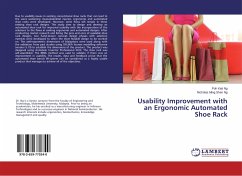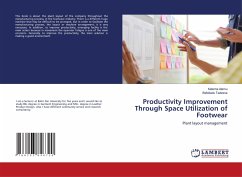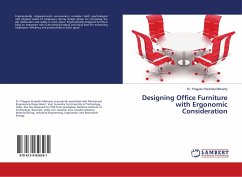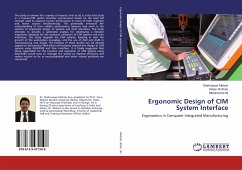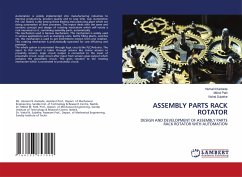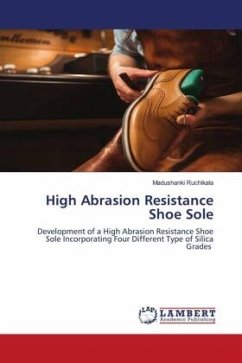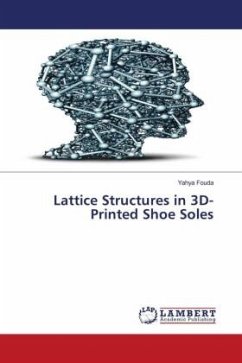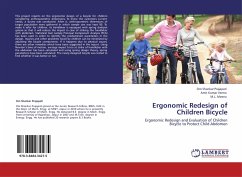Due to usability issues in existing conventional shoe racks that can lead to the users sustaining musculoskeletal injuries, ergonomic and automated shoe racks were developed. However, some flaws still remain in these existing shoe rack designs. This study aims to design and develop an automated shoe rack for improved usability with the incorporation of the solutions to the flaws in existing ergonomic and automated designs. After conducting market research and listing the pros and cons of available shoe rack designs, two hand-drawn concept design phases with selection matrices were developed to select the most feasible design to be worked on. The anthropometric dimensions of Malaysians were used along with the validation from past studies using DELMIA human modelling software (version 5.19) to establish the dimensions of the product. The product was designed using Autodesk Inventor Professional 2013. The shoe rack was self-assembled. The REBA method was used to validate if there was an improvement in usability. The results, data and feedback prove that the automated shoe bench lift-system can be considered as a highly usable product that manages to achieve all of the objectives.
Bitte wählen Sie Ihr Anliegen aus.
Rechnungen
Retourenschein anfordern
Bestellstatus
Storno

